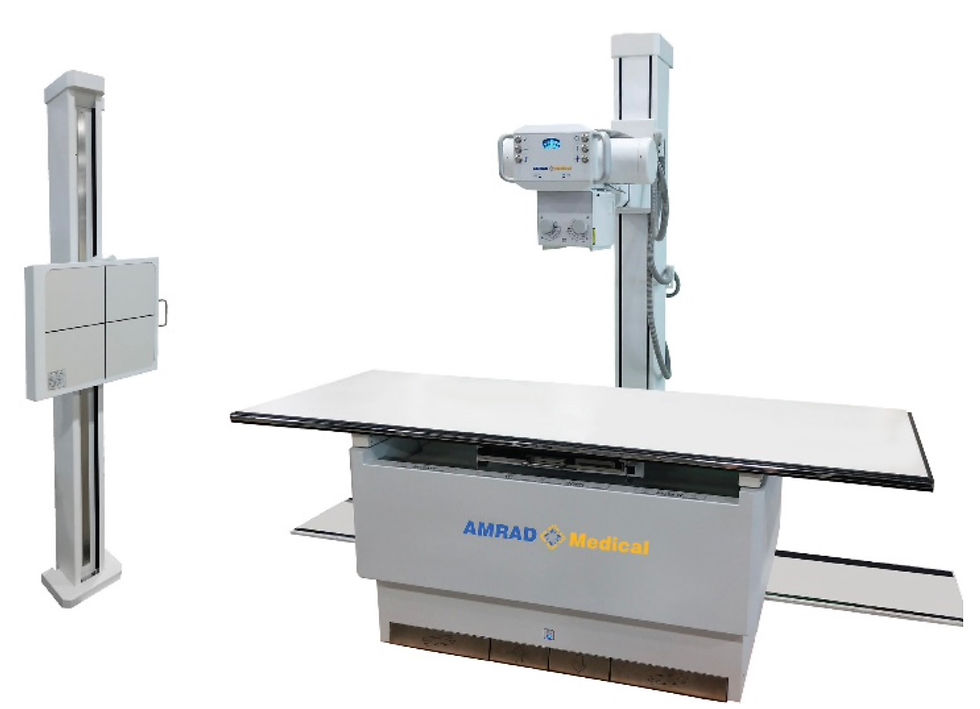X-Ray Machine
- Dr ATHEENA MILAGI PANDIAN SHANMUGANATHAN
- Oct 28, 2024
- 2 min read
Updated: Oct 31, 2024
An X-ray machine is a sophisticated device that utilizes X-rays, a form of high-energy electromagnetic radiation, to create images of the internal structures of objects, particularly in medical settings.

The invention of the X-ray machine dates back to 1895 when German physicist Wilhelm Conrad Röntgen discovered X-rays while experimenting with cathode rays in vacuum tubes. This groundbreaking discovery allowed for the visualization of bones and other dense tissues without invasive procedures, revolutionizing medical diagnostics.

X-ray machines consist of several key components, including an X-ray tube, a control console, and a detector. The X-ray tube generates X-rays by accelerating electrons towards a metal target, typically made of tungsten, where the collision produces X-rays.

The control console allows radiologic technologists to adjust settings such as kilovoltage (kVp) and milliamperes (mA) to optimize image quality for specific examinations. The detector captures the X-rays that pass through the body, producing an image that highlights differences in tissue density. In medical applications, X-ray machines are primarily used for radiography, which provides static images, and fluoroscopy, which offers real-time imaging of moving structures. Common uses include diagnosing fractures, detecting tumors, and guiding certain medical procedures. Beyond healthcare, X-ray technology is employed in various fields, including security for baggage screening at airports and in industrial applications for inspecting materials and components.

Despite their benefits, X-ray machines pose risks due to exposure to ionizing radiation, which can lead to health issues such as cancer. Therefore, the use of X-rays is carefully regulated, and protective measures are implemented to minimize exposure.

Advances in technology continue to improve the safety and efficacy of X-ray imaging, including the development of digital X-ray systems that reduce radiation doses while enhancing image quality. Overall, X-ray machines remain an essential tool in modern medicine and various industries, providing critical insights into the internal structures of objects.



![Biomedical Job Worldwide in France, Grrmany and other European Countries ]](https://static.wixstatic.com/media/93fb49_01de3cf8efbe4ba39d4f43665fa6dc88~mv2.png/v1/fill/w_980,h_551,al_c,q_90,usm_0.66_1.00_0.01,enc_avif,quality_auto/93fb49_01de3cf8efbe4ba39d4f43665fa6dc88~mv2.png)





Comments